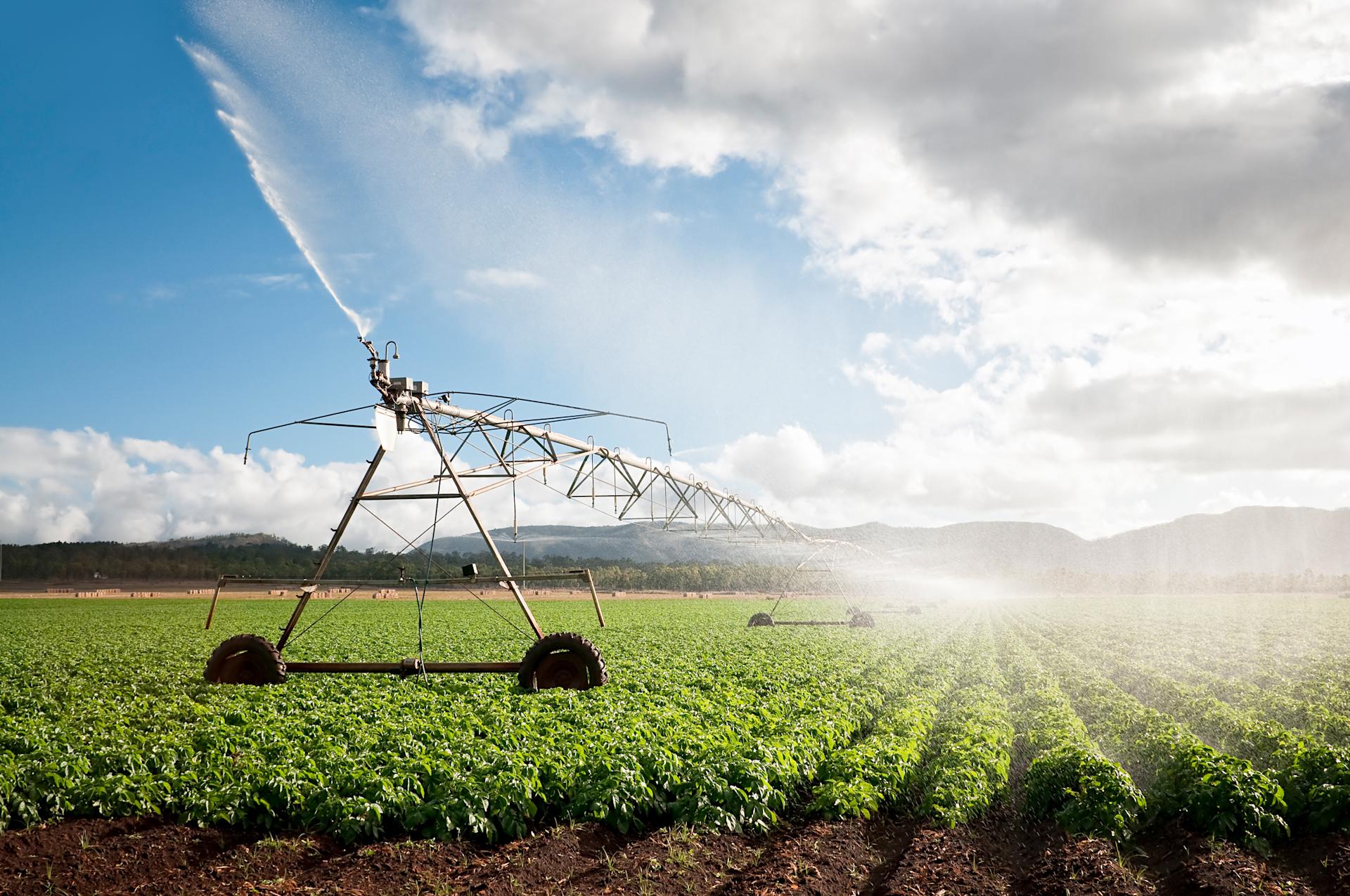
Farming
Top meeting on a farm
Migros CEO Mario Irminger and IP-SUISSE President Andreas Stalder discuss agriculture and fair prices.
navigation

Sustainability
How much water do we use daily? How many litres of water do we flush down the toilet? And how much do carrots and other plants need? Seven water facts that you should know.
Almonds (up to 15,000 l/kg), soybeans (1,800 l/kg), avocados (up to 1,500 l/kg) and asparagus (1,400 l/kg) are some of the foods that require a lot of water to grow. Apples (700 l/kg) and cucumbers (350 l/kg) are less thirsty. Carrots (130 l/kg) are even more economical. Potatoes need twice as much as carrots. Should we therefore no longer grow local potatoes? “That would be a completely disproportionate response,” says Christian Stamm, the deputy director of Eawag, the Swiss Federal Institute of Aquatic Science and Technology in Dübendorf. He says that major deciding factors are water-saving irrigation systems and, where appropriate, switching to varieties and crops that require little water, such as lentils. After all, climate change is also offering opportunities for cultivating new varieties of plants in Switzerland.
Beetroot, garlic and radishes need very little. In general, you needn’t water them if you want to grow them yourself. The less water a radish receives, the sharper its taste.
Including agriculture and industry, per capita daily water consumption in Switzerland is 300 litres. In our homes, flushing the toilet consumes the most water, at 40 litres per person per day. If we also include the water consumption of imported goods (fruit, vegetables, T-shirts, etc.), the figure even rises to more than 4,000 litres, which is equivalent to a small pond. A large deciduous tree, on the other hand, only needs 250 litres of water on a summer’s day.
We can swim in our waters without worrying about the health risks. “That wasn’t always the case. As recently as 50 years ago, bathing was banned in many bodies of water because untreated waste-water was being discharged into them,” says Christian Stamm. Detergents and the over-fertilisation of farmland led to an increase in phosphorus concentrations in rivers and lakes. This promoted the growth of algae, which served as food for certain species of fish. As a result, these species multiplied rapidly. Meanwhile, other species disappeared because there was no more oxygen in the deeper lake water. Thanks to waste-water treatment plants and agricultural regulations, less phosphorus now reaches our waters. Biodiversity is on the rise again.
Four-fifths of our drinking water is groundwater and spring water, while the remaining 20% comes from lakes and rivers. Whereas in Switzerland you can quench your thirst without concern at any fountain that is not explicitly labelled “Not drinking water”, you should be careful with cool mountain streams. These could contain traces of faecal matter from the cows and sheep that spend the summer grazing on higher alpine pastures.
Every drop of water that leaves Switzerland via the River Rhine has already passed through a turbine 12–14 times. Water power accounts for 58% of our domestically generated electricity. There are currently 701 hydroelectric power plants in operation in Switzerland. Unfortunately, this also has a downside. “We have almost no free-flowing water left. This intensive use of hydroelectric power comes at the expense of biodiversity,” says Christian Stamm.
“Straightening rivers resulted in the loss of valuable habitats, with drastic consequences for natural biodiversity,” says Christian Stamm. Restoring rivers creates natural floodplains that can reduce extreme flooding and the associated damage. At the same time, rainwater can be better stored in the soil, and thus protect against dry spells. For the same reason, it’s important that the ground isn’t asphalted or built on everywhere. Migros ensures that as many areas as possible of the properties and housing estates owned by the Migros Pension Fund are left unsealed and natural.
There are 22,000 public fountains in Switzerland. Even though it is eight times larger, Germany only has about 1,300 fountains. By the way, you’re allowed to bathe in most of our fountains. Whereas it’s almost part of the summer scene in Basel and Winterthur, bathing in fountains is less common and somewhat frowned upon in the capital, Berne. Lucerne bans splashing around in fountains altogether.
You can find out more about our commitment to a wide range of sustainable products in the stories.